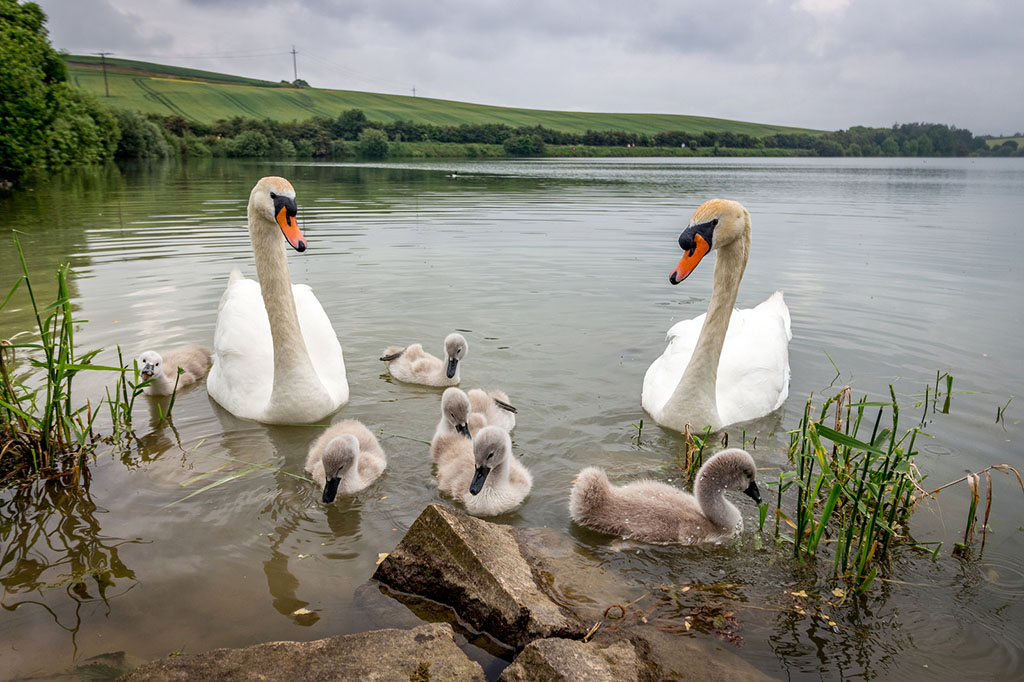Using a wide angle lens to photograph birds isn’t the first things that comes to mind for the vast majrity of wildlife photographers. But this is a truly unique angle (literally) that can work amazingly well. But there’s an obvious catch: you need to be able to get up close to birds without causing them distress or disturbance.
This makes it a limiting technique, reserved for either those birds that are tame for reasons of being familiar with close proximity of humans, or in places where wildlife has the reputation of not being afraid of humans and where the birds freely inspect human visitors at their own will.
Some locations, albeit extreme ones that most photographers are unlikely to have the privilege to visit such as South Georgia, are known for their penguins that completely ignore human presence. If you’re fortunate enough to visit such a place, you will no doubt have an experienced guide to advise on etiquette and on getting some of those spectacular wide angle penguin shots that many photographers come back with.
Just remember: just because you can get close to wildlife, it doesn’t mean you should. And many places rightly have strict penalties for getting too close to wild animals. Respect their boundaries always and get creative with your gear within these boundaries. That is the mark of a true natural history photographer.
The benefit of a wide angle lens for photographing birds and other wildlife is that not only can your images provide a brand new perspective of an animal, but you can also include interesting habitat features; or even turn the scene into a landscape of sorts.

